Of course, there's different kinds of ants. I'm talking about the little ones pictured below, DH calls them piss ants. Excuse the vulgar vernacular, I've included that because I think it's a common common name for them. They're not the smallest ants around, but about half the size of fire ants. There are multi-billions of them all around the yard, whenever one stands still, need to make sure ants aren't crawling up your feet. Winning the lottery would be needed to fund a full-scale battle. It's the kind that marches in 'highways' across the ground, and up tree trunks. They're the reason we leave our trash dumpster at the curb all of the time.
Worker:
Male:
Workers on edge of large, plastic storage tub:
I'm sick of them in pots, and know they are attracted to the organics I've used in pots for many years. (The only serious gardening negative about moving from OH to AL, IMHO.) The plants that have ants in their pots never look as good as they should. One great mystery is why they invade some pots but not others, with same plants and 'soil.' I can't isolate any particular factor... What to observe besides exposure, type of plant?
I'm considering starting to shift plants to coirpeat (which has nothing in common with what's usually called peat) and wonder if anyone has had ant colonies in pots of that stuff? I'm not considering this because of ants, but if ants are still interested, it might be a reason not to invest that much $ in a new type of 'potting soil.' Just investigating the pros/cons at this point.
My usual method for evicting them is to submerge pots under water. That's a real pain, and unsanitary as far as foliage maladies go, as well as soil-based entities like springtails, fungus gnats, yada yada. And then you have a heavy, dripping wet plant to get through the house to the tub/shower, to keep dripping somewhere where ants can't get back in. Sometimes a plant will decide this is just too insulting, and up'n'die.
I was doing this yesterday and went to retrieve a pot but noticed, after 30 minutes of being under water, there were still ants crawling around on the pot and plant, completely submerged. I've read a lot of info, and watched many documentaries about ants and that's never been mentioned before, that they can go so long without breathing. Did you know?
These ants have been under water for over 30 minutes:
Also, they do such a good job of constructing their quarters, that air bubbles were still coming up after that amount of time, from the same spot in the pot. No wonder their numbers weren't at all reduced by the flooding earlier this summer.
On a related note...
People say ants don't affect plants and that they are benign in a garden except to farm pests but I completely disagree after observing them for years. First of all, farming pests is not benign, it's extremely destructive, though I think the blame for the dead plants can sometimes get placed incorrectly on what is really a secondary issue. Would sooty mold or powdery mildew have shown up w/o the ants getting involved? Foliar fungi & pathogens? Sometimes, but not all. Ants deserve more credit for the destruction they do.
I can't find any research being done, but I'm convinced they kill trees, through a combination of farming pests on the foliage, and nesting activity around the roots. (Not that they have the capability to have such a higher purpose, just what happens from what they do.) Every time I'm successful in following an ant trail to a hole in the ground, it's at the base of a tree. Not the colony under a rock, that's just a neighborhood of the main colony (like the quarters they construct in pots.) If you follow those ants farther, (and they are the same type) you'll go to a tree. Some type of ants attack predators of the pests they are farming. I can't observe that on these trees, the lowest limbs are well above head level.
There was a holly tree in the front yard that looked fine (as many gravely ill trees do until they just fall over one day, as 2 of the 3 trunks of this one did,) when I moved here but it is now dead, and stepping anywhere near the stump will likely result in ants crawling up your feet/legs. There are also several other stumps of not-huge size, indicating other trees died before the normal span of time for their species, an oak stump less than 2 feet across being the most obvious one.
I did see a documentary where the researchers have evidence that the ants kill crops, first to farm the pests, then to make use of the dead plant material, just like I suspect with trees. It just takes so long for ants to kill a tree, the direct connection is not being made, or the connection is made backwards - that the ants exploited an already ill entity.
Predators? Inefficient and far too few. Ant lion - one at a time. Birds, toads - similar - nowhere near a colony-ruining event if they dine. I've never seen an anole eat an ant, though I've seen them sit next to 'ant highways' many times. Bears - hopefully we won't have any in the neighborhood. Seems like a virtually predator-free critter to me, the ant. Although individuals are miniscule, the colony is a formidable force, capable of battling entities exponentially larger than the individuals, with the ability to sacrifice parts of itself to save the whole. Strictly clean-up crew? I totally disagree. Is there any critter (in the US) that ruins entire ant colonies?
Please feel free to share any thoughts, observations, or just 'get it off your chest' if ants are making you crazy too!
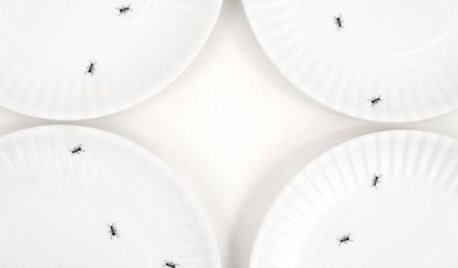



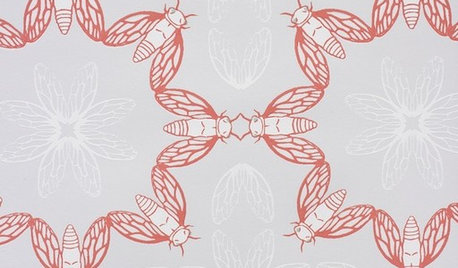

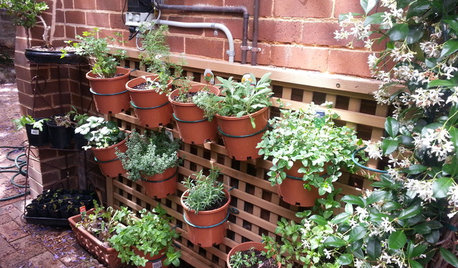







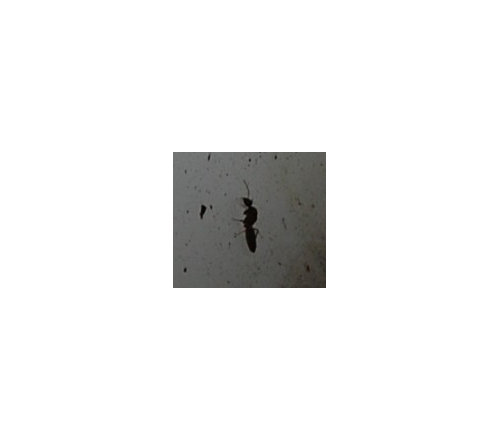

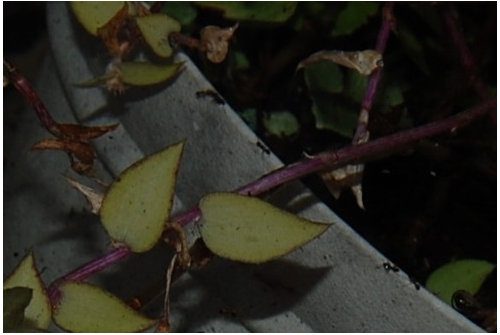
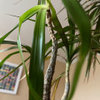
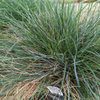
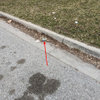
jean001a
Tiffany, purpleinopp Z8b Opp, ALOriginal Author
Related Discussions
Sowbugs like crazy, worms vanishing, ants moving in?
Q
OTS: Is there a natural way to get rid of crazy ants?
Q
Caribbean Crazy Ants
Q
Wasted space in my Laundry room makes me crazy!
Q
jean001a
Tiffany, purpleinopp Z8b Opp, ALOriginal Author
Kimmsr
Tiffany, purpleinopp Z8b Opp, ALOriginal Author
jean001a